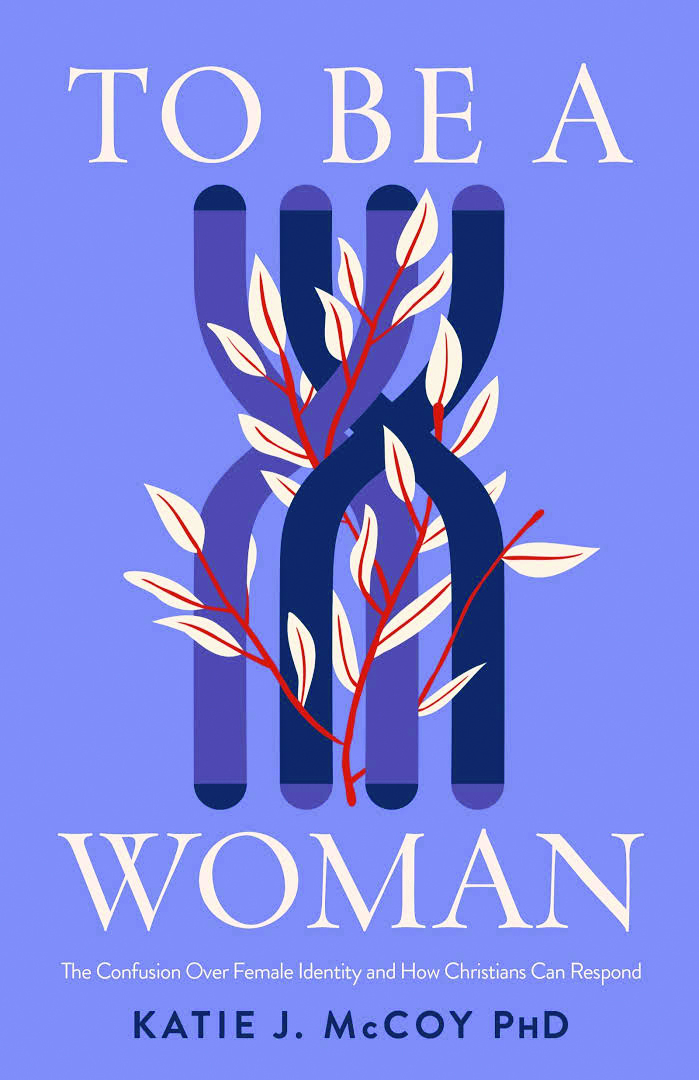Nearly one-third of Generation Z (the youngest generation for which we have statistics) identify on the LGBT spectrum. It may have (arguably) taken longer for the sexual revolution to reach our churches, but the time is long gone when we could assume it would pass us by completely. That is why the ERLC gathered together a group of experts in theology, ethics, public policy, and law to think through how best to respond to this moment. Working together, they created a framework grounded in Scripture and shaped by theological categories faithful to the Baptist Faith & Message 2000 and outlined practical scenarios many churches are facing.
It is our hope that “God’s Good Design: A Practical Guide for Answering Gender Confusion” will start (or continue) the conversation in your churches about how to serve those broken by the sexual revolution with the hope of the gospel.
Below, is a sample of the resource, outlining the theological framework for gender and sexuality and providing samples of the practical scenarios.
A Theological Framework for Gender and Sexuality
- God created humanity.
- God intentionally created humanity with physical bodies.
- God’s good design for bodies is sexed: male and female.
- God created men and women to complement one another.
- The Fall affects how we see our body and sexuality.
- God meets the refugees of transgender ideology.
- The Church compassionately proclaims God’s design for gender and the body.
Practical Scenarios
How would your pastoral team counsel a teen visiting the youth group that is considering undergoing a social transition to a different gender?
- The pastoral team should be clear that they love the teen and want them to continue attending.
- They should also acknowledge that they are grateful that the child feels comfortable telling them this information and is willing to talk to them about their decision. And just like every other teen who comes to the youth group, their desire is that this teenager would know who God is and enter a relationship with Jesus.
- Because of this, they will be unable to support and participate in the social transition. They should point back to the church’s policies and encourage the teenager to participate as much as they can.
- Also, as they would in any counseling situation, they should ask what it is that is leading the teenager to think a social transition is necessary. It might be that the child is dealing with cultural assumptions about masculinity/femininity that are tied more to cultural stereotypes than reality (i.e., A guy who wants to be a gymnast or a girl who enjoys sports does not need to deny their biological sex because of that personal interest).
- In addition, they should default to not using pronouns or a new name because they do not want to tacitly endorse the notion that pronouns correspond to self-identity rather than biological realities.
If you had a MtF (male-to-female) transgender teen visiting your youth group insistent on being called by their preferred gender, name, and pronoun—how should the youth minister respond to this request?
- Like the case above, the youth group should make clear that the individual is welcome and that they desire to see them know God and have a relationship with Christ.
- To the question of pronouns and names, the youth minister should clarify that as Christians we are to be truth tellers, and as such he would be unable to use their preferred pronouns.
- In most instances, it is possible to avoid using pronouns at all, defaulting to names, but there may be instances where the youth minister would have to use their biological pronouns. He should make clear that it is not just about the student’s self-identification, but that what he is requesting of the minister is for him to affirm that identity which is fundamentally untrue by using pronouns and this new name.
- Additionally, the youth minister needs to think about how he will help his students think through this topic.
- For students who worry that not agreeing to the request would pose actual relationship consequences, he should encourage them to be faithful to Christ. At the same time, he should help them to ask, “Am I doing this to avoid social friction or to build a bridge for the gospel?” Given the reality that there will be people who transition and detransition (to varying degrees), students can be present in their lives and be a witness to their peers even as they don’t compromise truth.
Download your free copy of God’s Good Design: A Practical Guide for Answering Gender Confusion.









